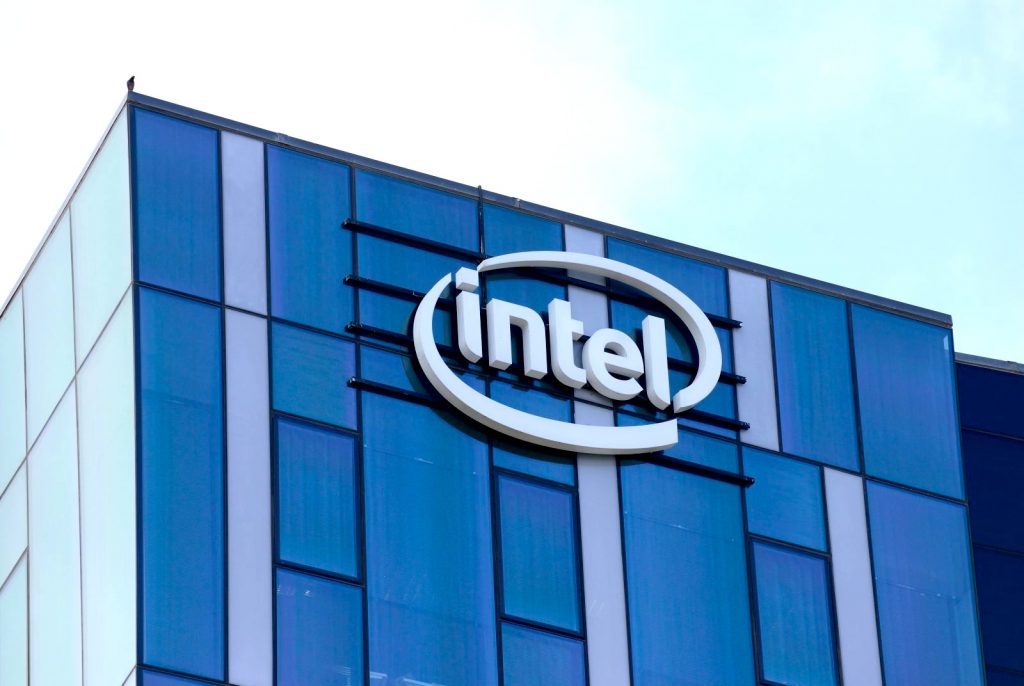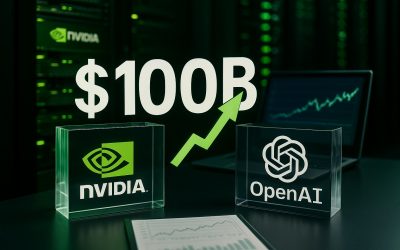Intel is conducting preliminary negotiations to acquire SambaNova Systems, a Palo Alto-based artificial intelligence chip startup, as the semiconductor giant seeks to strengthen its position in the competitive AI accelerator market.
The talks, first reported by Bloomberg Thursday, could value SambaNova significantly below the $5 billion the company reached during a 2021 funding round. Discussions remain at an early stage with no guarantee of deal completion, according to sources familiar with the situation.
Strategic Move Amid AI Market Struggles
The potential acquisition comes as Intel faces mounting pressure to compete effectively in the rapidly growing AI chip market, projected to reach $165 billion by 2030. Intel’s current AI offerings, including the Gaudi 3 accelerator, have struggled to gain significant ground against Nvidia, which dominates with approximately 80% market share.
Intel recently canceled its Falcon Shores AI chip, originally scheduled for late 2025, to focus resources on a successor called Jaguar Shores that won’t arrive until 2026. This leaves Intel with only the Gaudi 3 platform, projected to capture just 8.7% of the AI training accelerator market by end of 2025.
The market dynamics reveal Intel’s challenging position. While Nvidia’s H100 and upcoming Blackwell GPUs command premium pricing and enjoy entrenched positions across cloud providers and enterprises, Intel’s alternatives haven’t demonstrated compelling advantages in performance, software ecosystem, or total cost of ownership that might persuade customers to switch.

SambaNova’s Innovative Dataflow Architecture
SambaNova develops specialized AI chips called Reconfigurable Dataflow Units (RDUs) that employ a unique dataflow architecture designed for high-performance AI inference and training. The company’s latest SN40L chip can handle models up to 5 trillion parameters and features a three-tier memory system with 520MB of on-chip SRAM, 64GB HBM memory, and additional DDR capacity.
The startup has raised $1.14 billion in total funding from investors including SoftBank Vision Fund 2, Intel Capital, BlackRock, and others. However, SambaNova has struggled to close recent funding rounds and began exploring a sale after difficulties attracting new investment.
The dataflow architecture represents a fundamentally different approach from Nvidia’s GPU-based systems. Rather than executing fixed instruction sequences, dataflow processors dynamically schedule operations based on data availability. This can deliver efficiency advantages for certain AI workloads, particularly large model inference where memory bandwidth often becomes the bottleneck.
SambaNova’s three-tier memory hierarchy addresses another critical AI challenge—feeding data to processing units fast enough to maintain utilization. The 520MB on-chip SRAM provides extremely low-latency access for frequently used data, HBM handles the bulk of model parameters, and DDR offers cost-effective capacity for less frequently accessed information.
Executive Connections Between Companies
A key factor in the potential deal is the close connection between Intel CEO Lip-Bu Tan and SambaNova. Tan has served as SambaNova’s Executive Chairman since May 2024 and was among the company’s co-founders and board chairman. His venture firm Walden International was among SambaNova’s early investors.
Intel Capital, the company’s investment arm, is also already an investor in SambaNova, creating additional corporate ties between the organizations.
These relationships potentially smooth acquisition negotiations by establishing trust and shared understanding between the parties. However, they also create complexity around deal structuring, valuation, and managing potential conflicts of interest. Tan’s dual roles as Intel CEO and SambaNova Executive Chairman require careful navigation to ensure appropriate governance.
The existing Intel Capital investment provides Intel with some familiarity with SambaNova’s technology and business, reducing due diligence requirements compared to acquiring a completely unknown entity. However, the down-round valuation from 2021’s $5 billion suggests Intel Capital’s investment hasn’t appreciated as anticipated.
Valuation Dynamics and Market Context
The potential valuation significantly below SambaNova’s 2021 peak reflects the challenging environment for AI chip startups without clear paths to profitability. While AI chip demand has exploded, Nvidia’s dominance makes customer acquisition extraordinarily difficult for alternatives lacking compelling differentiation.
SambaNova’s funding struggles indicate investor skepticism about the company’s ability to compete independently against Nvidia. The AI accelerator market exhibits strong network effects—developers build software for platforms with large install bases, and customers prefer platforms with robust software ecosystems. This creates a virtuous cycle for leaders like Nvidia and vicious cycles for challengers.
For Intel, acquiring SambaNova below 2021 valuations represents opportunity to gain technology and talent at a discount compared to peak bubble pricing. However, the down round also signals that SambaNova hasn’t achieved milestones investors expected, which should temper Intel’s optimism about the acquisition’s transformative potential.
Strategic Fit and Integration Challenges
If completed, the acquisition would mark a significant strategic shift for Intel despite CFO David Zinsner’s April statement that the company wouldn’t pursue many acquisitions in the near term. The deal could provide Intel with differentiated AI technology and expertise as the company works to strengthen its position in the lucrative AI accelerator market currently dominated by Nvidia.
However, successful integration requires more than just acquiring promising technology. Intel must decide whether to continue SambaNova’s distinct RDU roadmap or attempt to incorporate dataflow concepts into Intel’s existing Gaudi architecture. Either choice presents challenges—maintaining separate architectures fragments engineering resources, while merging architectures risks losing SambaNova’s unique advantages.
The software ecosystem question proves equally critical. SambaNova has developed its own software stack optimized for dataflow architecture. Intel must determine whether to maintain this separate stack, attempt to unify it with Intel’s AI software tools, or leverage SambaNova’s software expertise to improve Intel’s broader AI offerings.
Market Opportunity and Competitive Response
Intel’s struggles in AI accelerators reflect broader challenges as the company attempts to regain technology leadership it held for decades in traditional computing. The AI chip market represents one of the semiconductor industry’s fastest-growing segments, making Intel’s underperformance particularly concerning for long-term competitiveness.
Nvidia’s 80% market share didn’t happen by accident—the company invested years building CUDA software ecosystem, optimizing hardware architectures for AI workloads, and establishing relationships with researchers and developers. Displacing this entrenched position requires either dramatically superior technology or significantly better economics, neither of which Intel has demonstrated with Gaudi.
SambaNova’s dataflow approach offers potential differentiation, but whether it provides sufficient advantage to sway customers from Nvidia remains uncertain. The acquisition gives Intel a chance to find out, but success depends on execution, continued innovation, and convincing skeptical customers to take a chance on Intel-backed alternatives to Nvidia’s proven solutions.
The talks remain preliminary with no guaranteed outcome. If Intel proceeds, integrating SambaNova successfully while maintaining the startup’s innovative edge will determine whether the acquisition strengthens Intel’s AI position or becomes another expensive acquisition that fails to move the competitive needle.




Post a comment